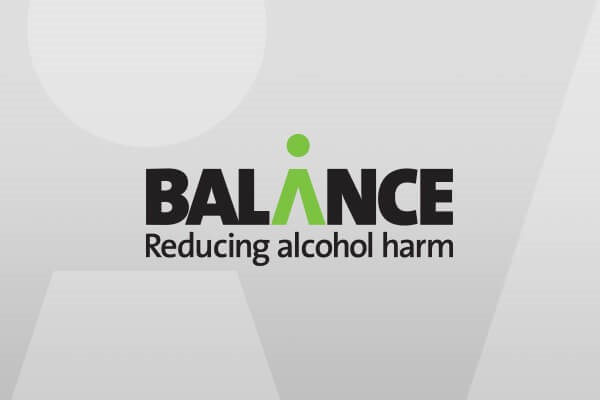Drinks companies keeping consumers in the dark about risky drinking
Multi-national alcohol companies are choosing to ignore advice from the Chief Medical Officers (CMOs) to display important health information on their products, a new study has found.
The result is that drinkers in the North East are being kept in the dark about how to minimise their risks from a range of medical conditions, including seven different types of cancer.
The research, published today by Balance, the North East Alcohol Office, and the Alcohol Health Alliance UK (AHA), showed that of the 320 alcohol products surveyed across the country, fewer than 10% carried the low-risk weekly drinking guideline of 14 units a week. None of the 24 products which did contain the current guidelines were big name brands belonging to the global multi-national drinks companies
Of 26 alcohol products surveyed in the North East, none carried the current low-risk weekly drinking guideline of 14 units a week.
More than two and a half years after the current alcohol guidelines came into effect in January 2016, all of the products reviewed in five different supermarket companies in locations across the North East referred to out-of-date guidelines and carried no health warnings of specific illnesses or diseases.
The study shows the lack of progress made over the last year since a similar review carried out in the North East by Balance in 2017 also found that no alcohol products contained the correct weekly guidance.
Notably big name brands owned by the large, multi-national producers have failed to update their labelling to communicate the current low-risk drinking guidelines, while some retailers and smaller independent producers have done so. The Alcohol Health Alliance surveyed more than 100 Diageo products and not one of them included the current guidelines of 14 units a week, a fact which the AHA raised at the company’s Annual General Meeting yesterday.
Colin Shevills, Director of Balance, commented: “More than two and a half years since the Chief Medical Officers’ low-risk drinking guidelines were introduced, it is particularly concerning that we still aren’t any closer to seeing the Government’s official advice appearing on alcohol product labels in the North East.
“The public has a right to reliable health information on the products they are consuming so that they can make informed decisions about their drinking. It’s clear that multi-national alcohol producers are failing to inform people about the health risks associated with alcohol including seven types of cancer, heart disease and stroke. Referring people to a website is just not good enough.
“83% of people in the North East support measures which would force alcohol companies into providing clear, legible alcohol consumption guidelines on labels. We’re urging the Government to listen to the public and introduce tougher rules including mandatory health warning labels which the alcohol industry must display on all of its products.”
Scotland’s Chief Medical Officer Dr Catherine Calderwood urged the alcohol industry to communicate the CMOs’ health advice on product labels as a priority.
Dr Calderwood said: “People should be supported to make informed choices about their drinking and have a right to know about the harms associated with alcohol such as liver disease, heart disease and cancer. Providing information on labels is a crucial and effective way to give people health information and advice that informs their choices. Some businesses are taking a responsible approach; for example C & C Group, the company that produces Tennent’s. Others now need to follow their lead.”
Dr Calderwood said she will write to the Portman Group on behalf of the CMOs to raise the issue.
Professor Sir Ian Gilmore, liver doctor and chair of the AHA, said: “Once again we see that the alcohol industry cannot be trusted to provide the public with health information. The current system of self-regulation has clearly failed. The industry-funded Portman Group, which advises alcohol producers on labelling, no longer recommends its members include the Chief Medical Officers’ guidelines on labels.
“We all have the right to know what we are drinking and the fact that alcohol increases our risk of seven types of cancer, liver disease, heart disease and stroke. Few of us know and understand these risks or are aware of the CMOs’ advice. Alcohol companies should be required to display this information along with prominent health warnings, information on ingredients, nutrition and calories on alcohol labels. It’s clear that without government requiring alcohol producers to provide this information, consumers will continue to be kept in the dark.”
